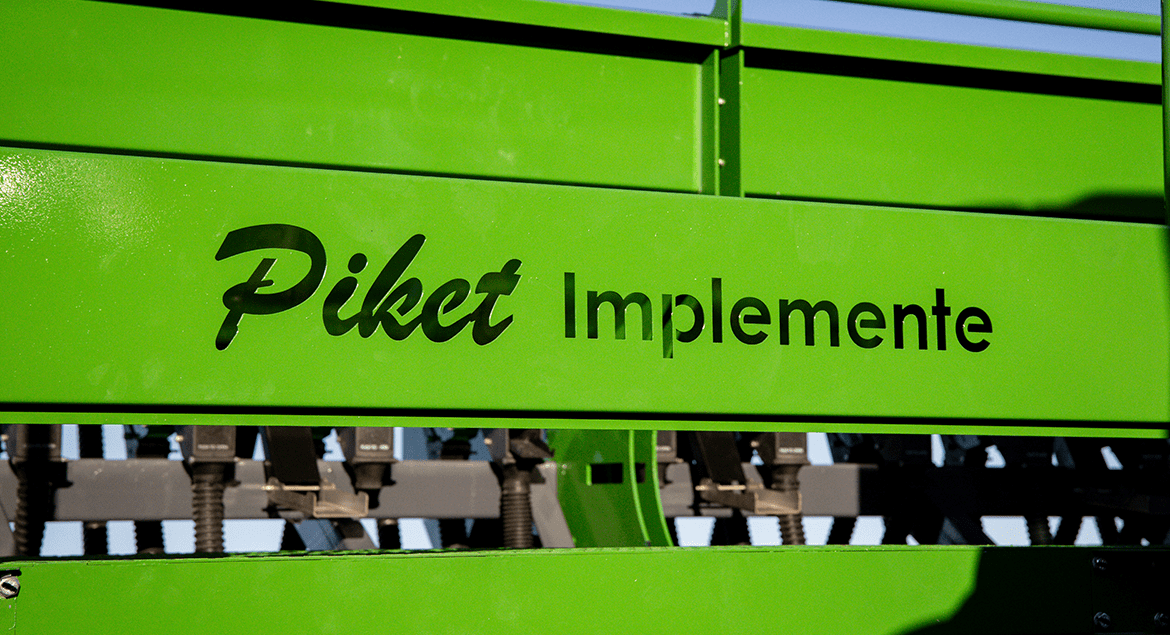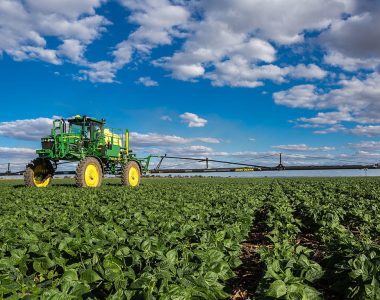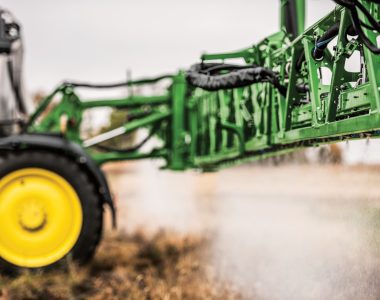If you walk through many of South Africa’s top vineyards today, you might notice something growing between the vine rows—grasses, legumes, maybe even a few flowering plants. These aren’t weeds. They’re cover crops and they’re playing a much bigger role than meets the eye.
In regions like Stellenbosch, Robertson, and the Swartland, cover cropping is quickly becoming one of the most effective tools in sustainable wine farming. From improving soil health to supporting pest control, it’s a practice that’s as practical as it is regenerative.
And behind the successful implementation of interrow cover cropping lies the efficiency of Piket Implements, brought to you by AFGRI Equipment.
Why Cover Crops?
There are many reasons why growers implement the practice of planting cover crops, but the most critical benefits are:
- Suppressing weeds naturally, reducing the need for herbicides.
- Protection against erosion, especially in vineyards on slopes.
- Improving soil structure, which helps with water penetration and root development.
- Slowing down evaporation, keeping precious moisture in the ground.
- Attracting beneficial insects—the natural predators of common vine pests.
Some species even add nutrients to the soil or help manage moisture levels. It’s about working with nature, not against it.
Choosing the Right Cover Crop
The ideal cover crop depends on your soil type and how your vines are performing:
- For vigorous vines: You might opt for a permanent cover crop that will hold its own.
- For vines showing signs of stress: Legumes like lupins, vetch, and clover add nitrogen and give them a boost.
- Excess moisture? Certain cover crops can help draw it out of the soil.
- Growing in wet, acidic soils? Fava beans are a solid choice.
One of the most popular options is triticale—a wheat-rye hybrid known for its adaptability and soil benefits. Others lean towards seed mixes to combine different strengths.
If you’re also looking to suppress weeds through natural chemistry, white mustard and Saia oats are great allelopathic choices. These plants actually release compounds that inhibit the growth of unwanted weeds—no spraying required.
Timing and Management
Cover crops are valued during the cooler months, typically planted from mid-April to late May. By September, they need to be rolled flat or terminated to ensure they don’t compete with the vines for water and nutrients. If flattened, the cover crop acts like a mulch—holding moisture, lowering soil temperature, and slowly breaking down into organic matter that improves the soil.
In some cases, young plants are even incorporated into the soil as green manure, feeding the microbial life and further enhancing fertility.
Piket Implements in Cover Cropping
To reap the full benefits of interrow cover cropping, precision is key. This is where Piket implements, available through AFGRI Equipment, comes in. Designed for efficiency and accuracy, Piket Implements ensure:
- Consistent seed distribution.
- Adjustable row spacing for different vineyard layouts.
- Reduced downtime with durable, reliable components.
Piket’s solutions make cover cropping accessible and efficient for vineyards of all sizes, offering a seamless way to enhance sustainability and productivity.
A Greener Future for South African Vineyards
Cover cropping isn’t flashy, but it’s smart, practical, and rooted in common sense. For South African winegrowers, it’s one of the most effective ways to farm in tune with nature, protect the land, and produce better grapes—year after year.
In a changing climate and an evolving industry, that’s exactly what we need.
When pairing cover cropping with the precision of Piket Implements, they become a game-changer for sustainable viticulture. Partnering with AFGRI Equipment, they provide comprehensive solutions tailored to your vineyard’s needs.
Experience the #AFGRIequipmentEDGE today by contacting us to explore tailored solutions for your farming needs.




